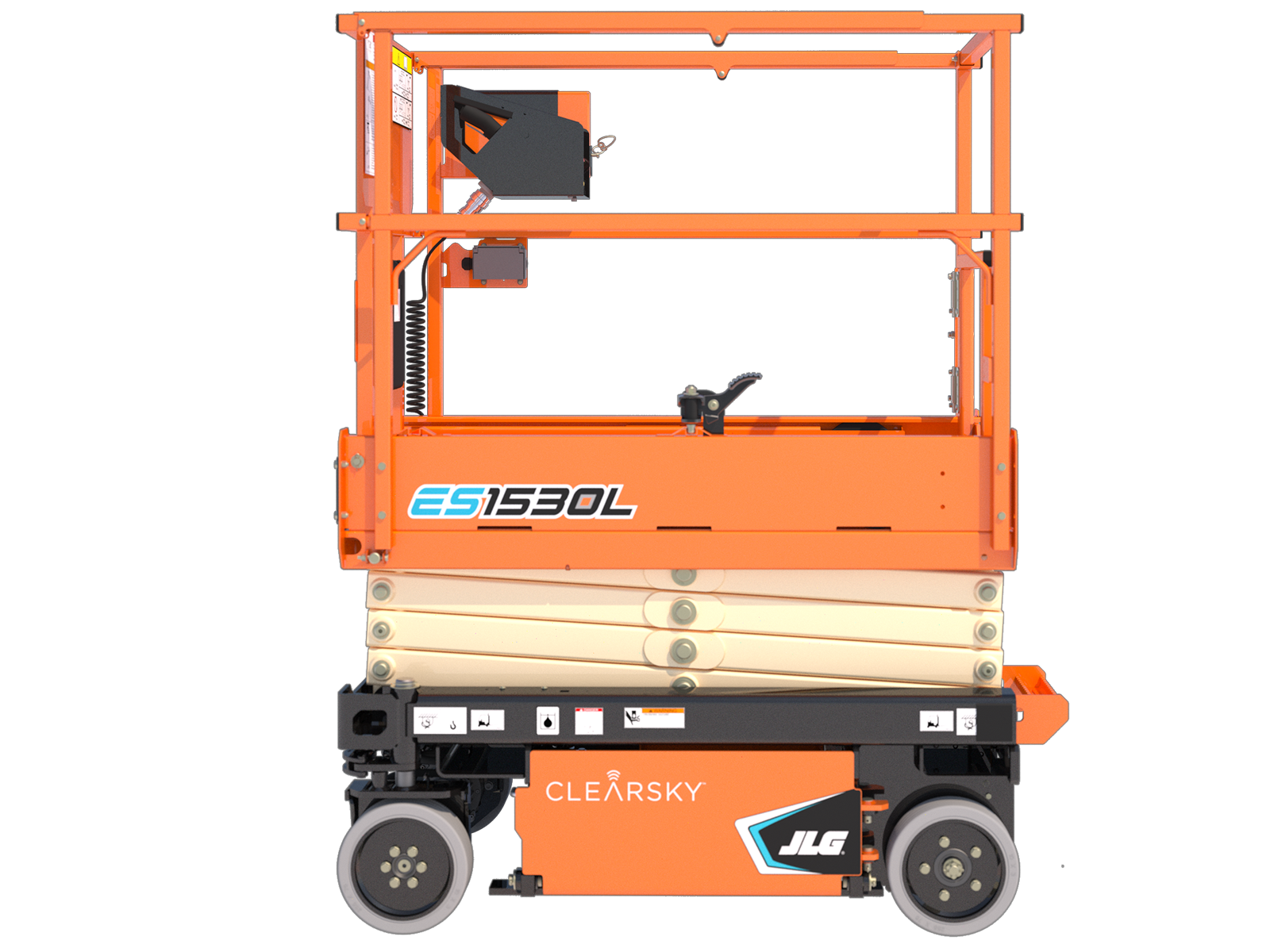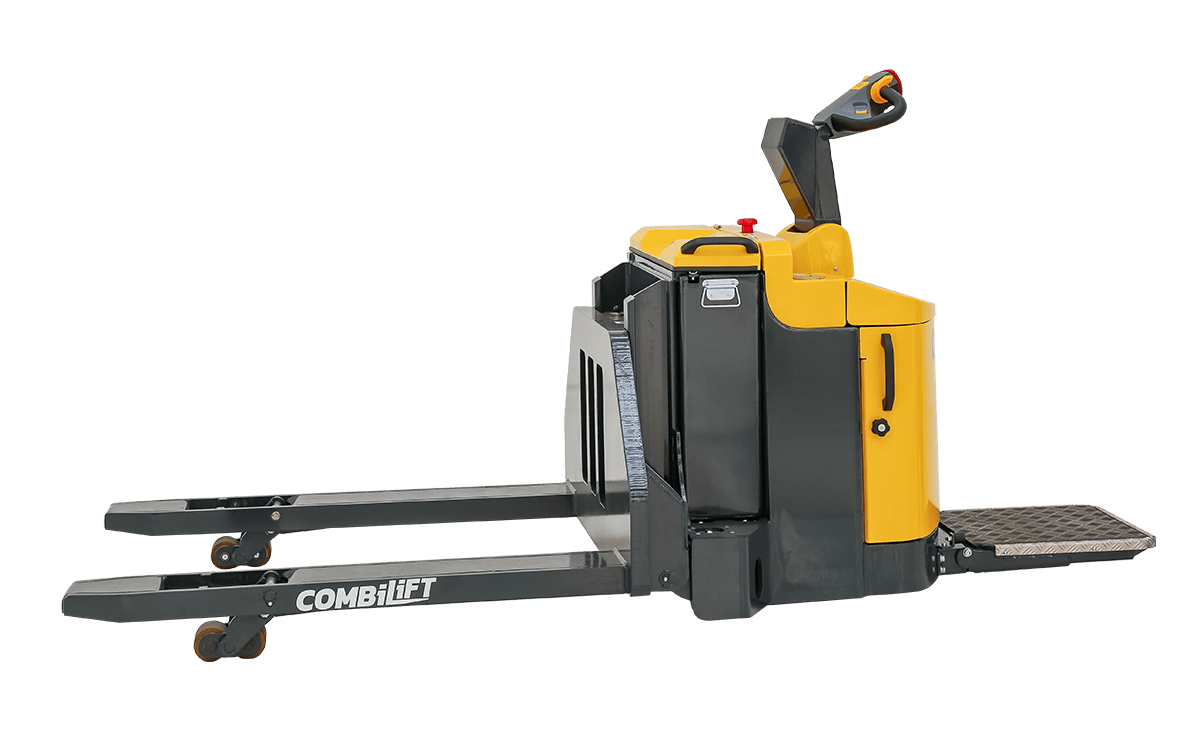Essential Tips for Safely Leasing Tools for Your Construction Projects
Ensuring the security of your building jobs is vital, and a vital facet of this is the risk-free and appropriate use of rented equipment. The process of leasing construction equipment involves more than just selecting the right devices for the task; it also requires a collection of critical actions that need to be followed to assure the wellness of those on-site and the successful conclusion of the job. By adhering to essential pointers and guidelines, you can not only mitigate possible dangers however also maximize the effectiveness of your building endeavors.
Tools Evaluation
Regular tools evaluations are vital to ensure the safety and security and efficiency of building and construction jobs. By performing complete and routine inspections of equipment, building and construction business can determine potential concerns before they rise, therefore protecting against mishaps and expensive delays. Inspections must cover all aspects of the devices, including structural honesty, functionality, and safety and security features.
Throughout an inspection, it is crucial to look for indicators of wear and tear, such as rust, cracks, or leaks, which might show underlying problems. Additionally, checking the tools's capability, such as controls, brakes, and safety and security mechanisms, makes sure that it runs as intended. Any type of malfunctions or inconsistencies must be without delay dealt with and settled to maintain optimum performance and safety.
In addition, documenting assessment results and upkeep activities is crucial for tracking the equipment's problem over time. This details can aid in scheduling normal upkeep, determining patterns of problems, and making informed choices regarding devices substitute or repairs. Ultimately, prioritizing devices inspections adds to a safer workplace and boosts the general performance of building and construction tasks.
Safety Training
Reliable safety and security training programs play a crucial duty in enhancing the value of devices assessments and guaranteeing the well-being of construction task personnel. Safety training gears up employees with the needed knowledge and skills to run machinery properly, identify potential risks, and reply to emergency situations immediately. By informing employees on ideal methods, safety methods, and regulative needs, training sessions help in reducing the likelihood of crashes and injuries on building sites.
Comprehensive safety and security training covers a series of subjects, including individual safety equipment (PPE) use, devices operation procedures, emergency protocols, and threat acknowledgment. Training needs to be ongoing to attend to new dangers, refresh existing knowledge, and include any equipment updates. It is crucial for all construction workers, from drivers to supervisors, to take part in normal safety and security training sessions to maintain a culture of safety and security and vigilance at work website.
Investing in security training not just shields workers from injury however also adds to increased efficiency, decreased downtime, and boosted project outcomes. construction equipment rentals. Prioritizing security with training shows a dedication to the well-being of workers and the success of construction tasks
Rental Contract Testimonial
Carrying out a thorough evaluation of rental arrangements is necessary for ensuring clear terms and assumptions when leasing tools for construction jobs. Make sure that the arrangement consists of a thorough list of the equipment being rented, its problem at the time of leasing, and any kind of pre-existing damages. By thoroughly reviewing the rental arrangement, you can avoid misunderstandings, conflicts, and unexpected expenses during your building and construction project.
Correct Upkeep Practices
Carrying out an organized upkeep regimen is vital for making the most of the performance and lifespan of rented out building equipment. Normal upkeep not only makes certain the devices works efficiently but likewise lowers the risk of Visit This Link unforeseen malfunctions during your job. When leasing building and construction tools:, below are some vital upkeep practices to adhere to.
Scheduled Evaluations: Conduct comprehensive pre- and post-operation checks to determine any potential concerns prior to they rise. This consists of inspecting for leaks, damaged parts, and guaranteeing all safety and security features are intact.
Cleaning and Lubrication: Keep the equipment tidy from dirt, particles, and other pollutants that can impact its performance. Consistently lube relocating parts to stop damage.

Follow Producer Guidelines: Comply with the producer's upkeep recommendations described in the manual to ensure proper treatment and operation of the tools.
Emergency Preparedness
In anticipation of unanticipated circumstances that may emerge throughout building and construction projects, it is vital to establish a thorough emergency readiness strategy. Building and construction sites are inherently vulnerable to accidents and unforeseen events, making it imperative for job managers to focus on safety and security and aggressive steps.

Verdict
To conclude, implementing comprehensive devices assessment, safety and security training, rental arrangement testimonial, correct maintenance practices, and emergency situation preparedness are vital actions for securely leasing equipment for building tasks. By following these standards, building firms can guarantee the safety and security of their workers, protect against crashes, and minimize downtime on projects. It is crucial to focus on safety and security and conformity when visit their website leasing devices to keep a efficient and effective work atmosphere.
